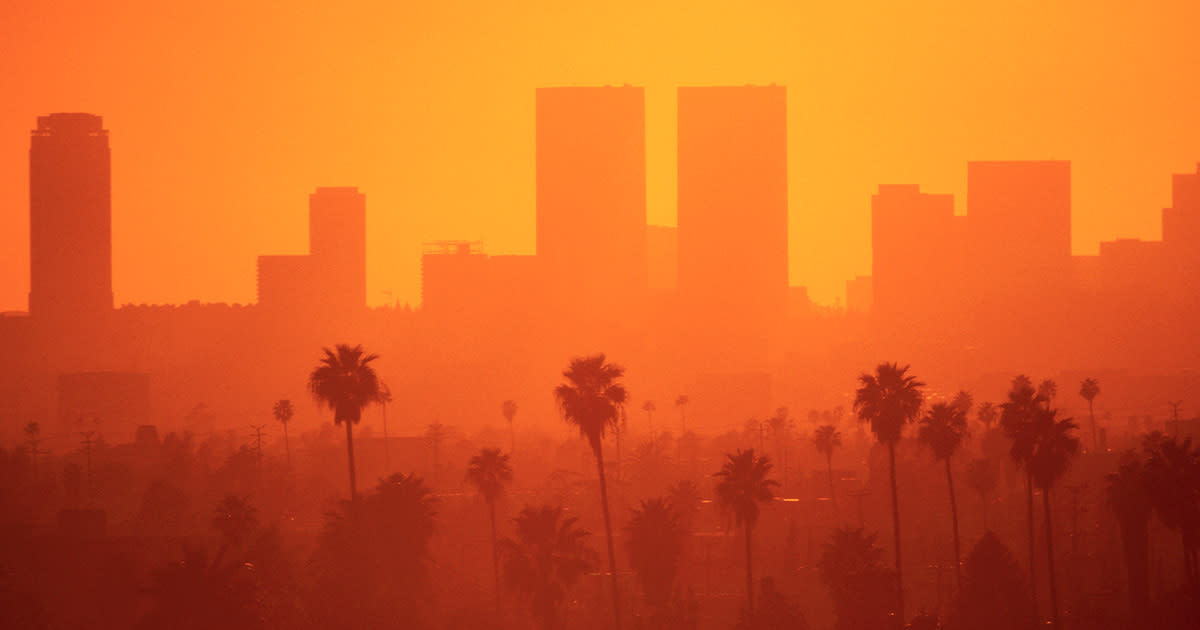Trees Blamed for Air Pollution

In a controversial new study, scientists are claiming that trees in Los Angeles are contributing to the city's air pollution, challenging conventional notions about the positive role they play in urban ecosystems.
As New Scientist explains, the theory was born of a strange conundrum: despite efforts to decrease traffic exhaust and increase environmental protections, the ground-level ozone and microscopic particulate pollution that make up the city's smog have remained steady.
Back in 2022, a team of scientists from Colorado and South Korea found that those stubbornly stable pollution rates were likely due primarily to a rise in "secondary" sources of pollution — and in this latest multi-institutional study, researchers suggest that trees and shrubs may be the culprit.
Published in the journal Science, this new research focuses on terpenoids, an organic chemical compound found in plant matter that generally acts as an antioxidant — but which, when released into the atmosphere, can combine with pollutants to make them more harmful.
Upon release from plants, the discharge from terpenoids becomes what's known as volatile organic compounds (VOCs), which end up reacting to air pollution by creating the kind of ozone and fine particulate pollutants in question. What's worse, plants emit more VOCs due to rising temperatures and drought, both of which plague the City of Angels in particular.
To get to this jarring conclusion, the researchers out of Germany, CalTech, Berkeley, Colorado, and the National Oceanic and Atmospheric Administration flew a plane over LA over several days in June 2021 with a mass spectrometer to measure concentrations of VOCs.
Combined with 3D measurements of wind speeds to determine where pollutants were coming from, the scientists discovered that terpenoids were the biggest source of VOCs, and that this effect was most on display in vegetation-rich parts of the city and on the hottest days they took their readings. When temperatures surpassed 86 degrees, terpenoids were even measured as the cause of the worst emissions even in places with more people and fewer plants, like LA's concrete-heavy downtown district.
Though they haven't yet figured out which plants are causing the most emissions, the researchers did find that amid heightened temperatures, pollution from human-linked VOCs also jumped, with culprits ranging from unsurprising chemicals like gasoline to personal hygiene products like deodorants. In the most populous areas, in fact, beauty products seemed to have a small but "measurable" effect on smog, first paper author Eva Pfannerstill told New Scientist.
While it would be easy to flatten or misinterpret this research, the scientists behind it want to make sure that it's taken in the right context.
"Since it’s hard to control the plant emissions, it’s even more important to control the [human-caused] part," remarked Pfannerstill, an atmospheric chemist at Germany's Forschungszentrum Jülich research institution.
In a note added to the top of the paper, Science editor Jesse Smith echoed the researcher's comments.
"Successful mitigation of urban air pollution needs to take into account that climate warming will strongly change emission amounts and composition," Smith wrote.
In short, this research isn't suggesting that trees are bad — but is instead yet another unsettling reminder of how drastically humans have harmed their environment.
More on trees: Trees "Coughing" as They Fail to Capture Excess CO2

 Yahoo News
Yahoo News 
